
Yellow Gold, White Gold, Rose Gold: Which Colour Should You Choose?
Understanding the Difference between Yellow, White, and Rose Gold is essential for anyone planning to buy jewellery, especially if you want the perfect piece that matches your skin tone, lifestyle, and aesthetic. Gold has been adored for centuries, but its different colours carry unique beauty, compositions, and benefits. Today, we’ll break it all down in the simplest way possible.
Throughout this post, you’ll also discover why KYMEE’s 18K Gold Vermeil jewellery for women is becoming one of the most loved choices for modern buyers who want luxury without the hefty price tag.
Understanding the Basics of Gold Alloys
Gold doesn't naturally come in different colours. Instead, the shades are created by mixing pure gold with other metals called alloys.
Why Pure Gold Isn’t Used in Jewellery
Pure 24K gold is very soft. It bends easily, scratches quickly, and loses shape. That’s why jewellers mix it with harder metals to strengthen it.
How Gold Alloys Enhance Durability & Colour
Adding copper, silver, nickel, palladium, or zinc gives gold durability and produces the beautiful shades we see today: yellow, white, and rose.
What is Yellow Gold?
Composition & Properties
Of all the gold tones, yellow maintains the most faithful colour resemblance to pure gold.
Common mix: gold + silver + copper.
Pros & Cons
Pros:
- Classic and timeless
- Hypoallergenic
- Low maintenance
Cons:
- Slightly softer than white gold
- Shows scratches more easily
Best Skin Tones & Styles
Yellow gold looks beautiful on warm-toned and olive skin. It pairs well with vintage, boho, and luxury styles.
What is White Gold?
Composition & Rhodium Plating
White gold is created by mixing gold with white metals like nickel or palladium, then plating it with rhodium to enhance shine.
Pros & Cons
Pros:
- Modern and elegant
- Extremely durable
- Perfect alternative to platinum
Cons:
- Requires replating over time
- Nickel-based alloys may irritate sensitive skin
Who Should Choose White Gold?
People who prefer a sleek, contemporary look and want extra durability, especially for rings worn daily.
What is Rose Gold?
Composition & Unique Copper Blend
Rose gold gets its romantic blush tone from copper.
More copper = deeper rose colour.
Pros & Cons
Pros:
- Trendy and feminine
- Very durable due to copper
- Doesn’t require plating
Cons:
- May cause reactions for copper-sensitive skin
- Limited high-end options compared to white/yellow gold
Styling Tips for Rose Gold
Pairs beautifully with pastel outfits, diamonds, and minimalistic fashion.
Key Difference between Yellow, White, and Rose Gold
| Feature | Yellow Gold | White Gold | Rose Gold |
|---|---|---|---|
| Composition | Pure gold mixed with silver & copper | Gold mixed with white metals (nickel, palladium, silver) + rhodium plating | Gold mixed primarily with copper (and some silver) |
| Colour | Warm, rich yellow | Silvery-white | Pink to reddish tone |
| Gold Purity Availability | Common in 24K, 22K, 18K, 14K | Mostly 18K & 14K (less common in high karat because white metals lighten the colour) | Common in 18K & 14K (rare in 22K due to high copper content) |
| Durability | Softer than other alloys (higher karat = softer) | Harder due to alloy metals & rhodium plating | Very durable due to copper; harder than yellow gold |
| Hypoallergenic? | Generally hypoallergenic | Nickel alloys may cause allergies (palladium versions are hypoallergenic) | May cause a reaction in people sensitive to copper |
| Maintenance | Low colour lasts naturally | Requires periodic rhodium replating to maintain a bright white finish | Low, colour remains stable; no plating needed |
| Best For Skin Tone | Warmer or neutral skin tones | Cool or neutral skin tones | Warm skin tones; universally flattering |
| Appearance Over Time | Slight natural patina; easily polished | Rhodium layer wears off, revealing a slight yellow tint without replating | Copper may darken slightly, giving a vintage look |
| Weight Feel | Standard gold weight | Slightly lighter if nickel is used; similar to yellow if palladium is used | Similar to yellow gold |
| Cost | Moderate to high, depending on karat | Often slightly more expensive due to rhodium & alloy metals | Often slightly cheaper due to copper, but varies by karat |
| Popular For | Traditional jewellery, high-karat pieces, wedding bands | Engagement rings, modern designs | Romantic, vintage, trendy jewellery |
| Resizing Ease | Easy to resize | Easy, but must be rhodium-plated after | Easy to resize |
| Scratch Resistance | Moderate | Higher resistance with rhodium plating | High due to copper content |
| Overall Look | Classic & timeless | Modern & sleek | Warm, romantic, vintage charm |
18K Gold vs. 18K Vermeil – What’s the Difference?
18K gold refers to 75% pure gold.
18K Gold Vermeil is 925 sterling silver coated with a thick layer of 18K gold (at least 2.5 microns thick).
Why 18K Gold Vermeil Is a Smart Choice
- Affordable luxury
- Looks identical to solid gold
- Hypoallergenic
- Long-lasting when well cared for
KYMEE’s 18K Gold Vermeil Jewellery
One of the most trusted brands creating high-end yet affordable jewellery is KYMEE.
Craftsmanship & Premium Quality
KYMEE uses high-quality 18K Gold Vermeil, ensuring their pieces shine like real gold and resist tarnish.
Why KYMEE’s 18K Gold Vermeil is the Best Alternative
- Thicker gold layer than regular gold-plated jewellery
- Perfect for sensitive skin
- Lifetime plating for long-lasting shine
- Designed for modern, stylish women
Popular KYMEE Jewellery Styles
- Minimalistic pendants
- Geometric earrings
- Timeless bracelets
- Every day wear rings
The pieces blend beautifully with all three gold tones, making them great for gifting and personal styling.
How to Choose Between Yellow, White, and Rose Gold
Based on Skin Tone
- Fair skin: white or rose gold
- Olive skin: yellow gold
- Deep skin: all three colours look gorgeous
Based on Lifestyle
If you’re active or hands-on, white gold and 18K vermeil are excellent choices.
Based on Aesthetic
- Vintage: yellow gold
- Modern: white gold
- Romantic: rose gold
Conclusion
The difference between Yellow, White, and Rose Gold comes down to colour, durability, cost, and maintenance. Each type has its charm, and your perfect choice depends on your style and lifestyle.
If you want the rich appearance of gold without breaking the bank, KYMEE’s 18K Gold Vermeil jewellery for women is a brilliant option that blends elegance, quality, and affordability.
FAQs
1. Which gold colour lasts the longest?
White and rose gold are more durable due to their alloy compositions.
2. Is yellow gold out of style?
Not at all! It’s classic and always trending.
3. Does white gold fade?
Yes, rhodium plating fades and may need reapplication.
4. Is rose gold good for daily wear?
Yes, rose gold is tough and stylish.
5. Is 18K gold better than 18K vermeil?
Solid gold lasts longer, but 18K vermeil looks the same at a fraction of the cost.
6. Where can you find good-quality vermeil jewellery?
KYMEE offers gorgeous and affordable 18K Gold Vermeil jewellery for women.
7. Which is better, rose gold or pure gold?
Neither is “better”, it depends on your taste.
- Pure gold (24k) is softer, brighter yellow, and more traditional.
- Rose gold is stronger (because it’s mixed with copper) and has a pink-gold colour that many people find stylish.
8. Which is more expensive, gold or rose gold?
- Pure gold is more expensive because it contains more real gold.
- Rose gold is cheaper since it’s mixed with copper or other metals.









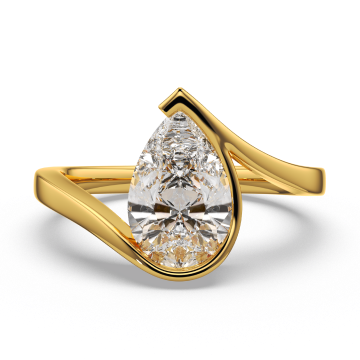
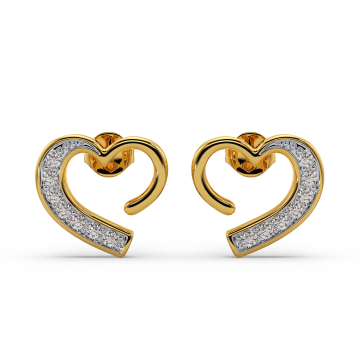
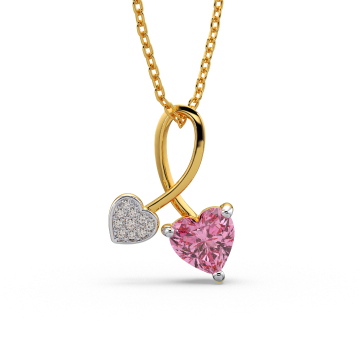
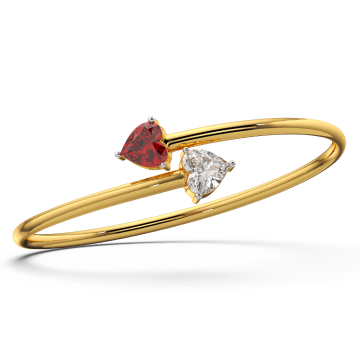
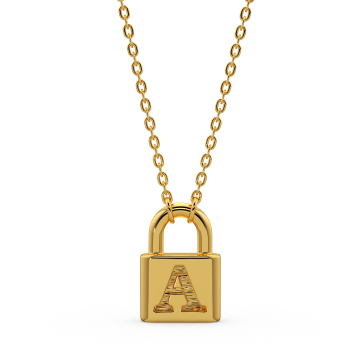
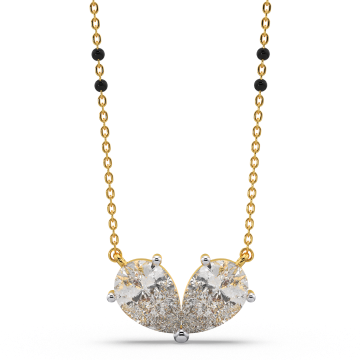
 All Rings
All Rings Toi Et Moi Rings
Toi Et Moi Rings Wedding Bands
Wedding Bands Solitaire Rings
Solitaire Rings Stackable Rings
Stackable Rings Dainty Rings
Dainty Rings Personalized Rings
Personalized Rings Daily Wear Rings
Daily Wear Rings Halo Rings
Halo Rings Ring Set
Ring Set For Daily Wear
For Daily Wear For Party
For Party For Work
For Work For Gifting
For Gifting For College
For College For Festive Days
For Festive Days All Earrings
All Earrings Hoop Earrings
Hoop Earrings Drop Earrings
Drop Earrings Stud Earrings
Stud Earrings Name Earrings
Name Earrings Threader Earrings
Threader Earrings All Necklaces
All Necklaces Charm Pendants
Charm Pendants Pendant & Necklaces
Pendant & Necklaces Station Necklaces
Station Necklaces Personalized Necklaces
Personalized Necklaces Layered Necklaces
Layered Necklaces Drop Necklaces
Drop Necklaces All Bracelets
All Bracelets Name Bracelets
Name Bracelets Chain Link Bracelets
Chain Link Bracelets Bangle Bracelets
Bangle Bracelets Charm Bracelets
Charm Bracelets Tennis Bracelets
Tennis Bracelets